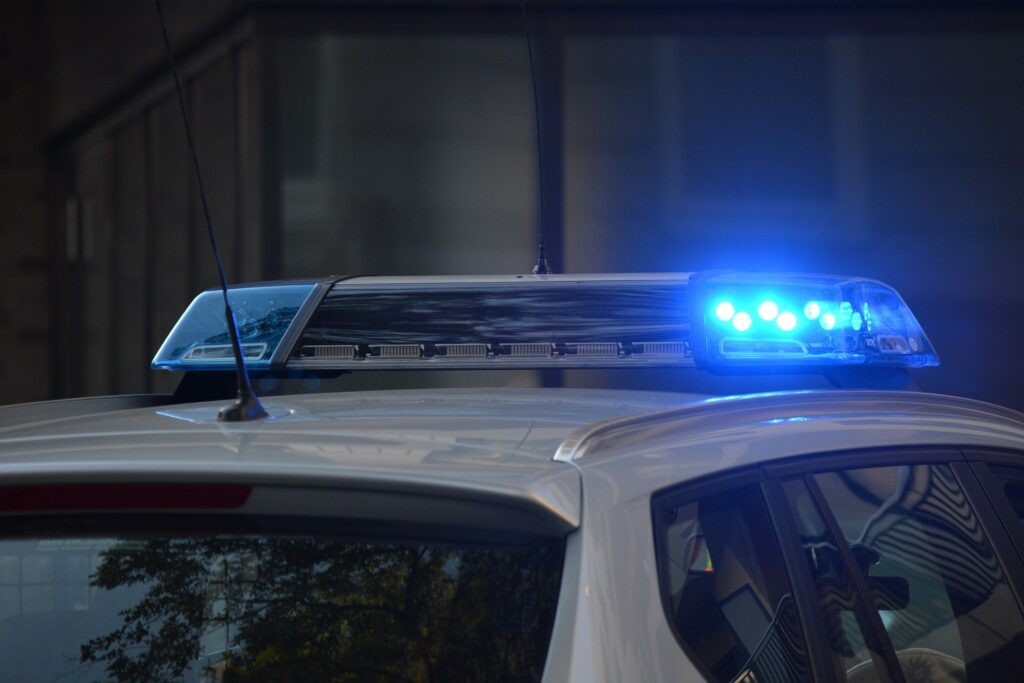
For many, rather than spending unlimited amounts on a brand new, high grade car, the reality may be that buying a cheaper car and modifying it is a more realistic option. Whilst the temptation for many car-lovers is to modify their vehicles to extreme levels, improving aspects such as their engines or bodywork, there are various considerations to take into account. This is due to the fact that not all modifications are legal, leaving vehicles with said modifications not legal to drive on the roads.
Bodywork and glass
If you are looking to modify your car through the addition of tinted windows, there are various considerations to take into account. Heavily tinted windows will considerably reduce your view in bad weather conditions and at night time, meaning you may be in danger of having poor visibility. Legally, the requirements state that you must have a windscreen that allows 75 per cent of light through, and 70 per cent through the side window on the front doors. It is important to note, however, that rear glass in the back doors or the rear windscreen is not included in this legality – it can be as heavily tinted as you wish.
Exhausts
Most large or big bore exhausts are, in fact, illegal to use on public roads. Vehicles with these exhaust modifications may well pass their MOTs as these tests only check for exhaust gasses and emission legislation compliance, but it does not make them a legal addition to vehicles on the road. Fitted to increase the sound emitted from the vehicles, these noisy additions in fact contradict and diminish the Type Approval of the vehicle; an illegal offence. Whilst it is not an offence to sell these exhaust systems, it is illegal to drive a vehicle on public roads with one of the systems fitted.
Number plates
Though they can be customised and toyed with, there are rules that number plates must conform to regulations set out about the characters, spacing, format and font of the plate. The characters on the plate must be clear and unobscured by screw covers fixed atop the characters, or even the use of italic, bold or shadowed font. In terms of colour, plates must be white reflective at the front and yellow reflective at the rear of the vehicle, with black characters in both instances. The only exception to this is for vehicles registered before 31 December 1972 which can have black and silver plates fitted at the front and the rear of the vehicle. Failure to make plates comply with these requirements could results in a Fixed Penalty Notice of £30, and the DVLA may well be notified of the offence on top of this fine.
Here at Oaks Services, we are a leading provider of MOTs and car repairs throughout the South East. From our base in Chertsey, we are able to serve the wider Surrey area, from Weybridge to Woking, Addlestone to Staines. For more information on any of our services, don’t hesitate to get in touch with our friendly team of experts today – we’re happy to help with any enquiry.

